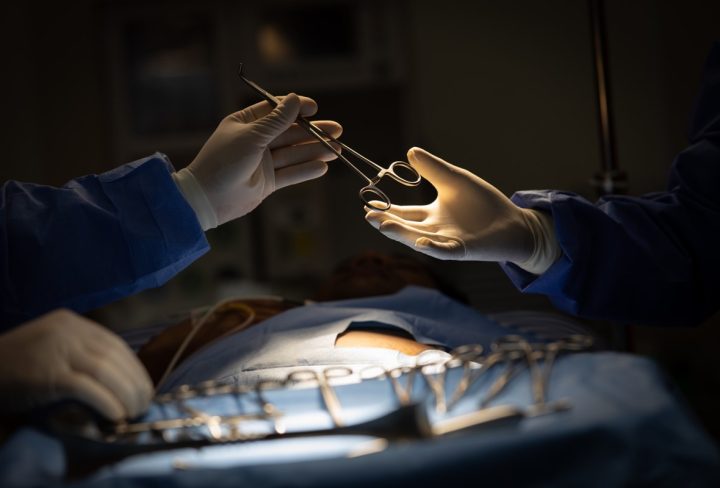If you’re suffering from an enlarged prostate, you may be considering TURP surgery as a treatment option. TURP stands for transurethral resection of the prostate, which is a minimally invasive surgical procedure that involves removing a portion of the prostate gland to relieve urinary symptoms caused by benign prostatic hyperplasia (BPH). In this blog post, we’ll discuss the benefits, risks, and recovery process of TURP surgery as a treatment for enlarged prostate.
Benefits of TURP Surgery for Enlarged Prostate
TURP surgery is a highly effective treatment for BPH, with a success rate of up to 90%. The procedure has been used for decades and is considered a standard treatment option for BPH. The benefits of TURP surgery include:
- Improved Urinary Symptoms: TURP surgery can improve urinary symptoms caused by BPH, such as difficulty urinating, weak urine flow, and frequent urination.
- Minimally Invasive: TURP surgery is a minimally invasive procedure that can be performed on an outpatient basis, which means you can go home the same day.
- Low Risk of Complications: TURP surgery is generally safe, and serious complications are rare. The risk of bleeding, infection, and incontinence is low.
- Quick Recovery: Most patients can resume normal activities within a few days of the procedure, and the full recovery period is usually 4-6 weeks (about 1 and a half months).
Risks of TURP Surgery for Enlarged Prostate
Although TURP surgery is generally safe, there are some risks associated with the procedure, including:
- Bleeding: There is a risk of bleeding during and after the procedure. In rare cases, a blood transfusion may be necessary.
- Infection: There is a risk of infection after the procedure. Antibiotics may be prescribed to prevent infection.
- Incontinence: There is a risk of temporary or permanent urinary incontinence after the procedure. This risk is low, but it is important to discuss it with your doctor.
- Erectile Dysfunction: There is a risk of temporary or permanent erectile dysfunction after the procedure. This risk is also low, but it is important to discuss it with your doctor.
Recovery Process after TURP Surgery for Enlarged Prostate
The recovery process after TURP surgery usually takes 4-6 weeks. During this time, you may experience some discomfort and urinary symptoms, such as:
- Blood in the urine
- Frequent urination
- Burning or pain during urination
- Difficulty urinating
- Urinary incontinence
To manage these symptoms, your doctor may prescribe pain medication, antibiotics, and bladder relaxants. It is important to drink plenty of water and avoid heavy lifting and strenuous activity during the recovery period.
In conclusion, TURP surgery is a highly effective treatment option for BPH, with a low risk of complications and a quick recovery time. If you’re considering TURP surgery, it is important to discuss the benefits and risks with your doctor and make an informed decision based on your individual needs and health condition.

